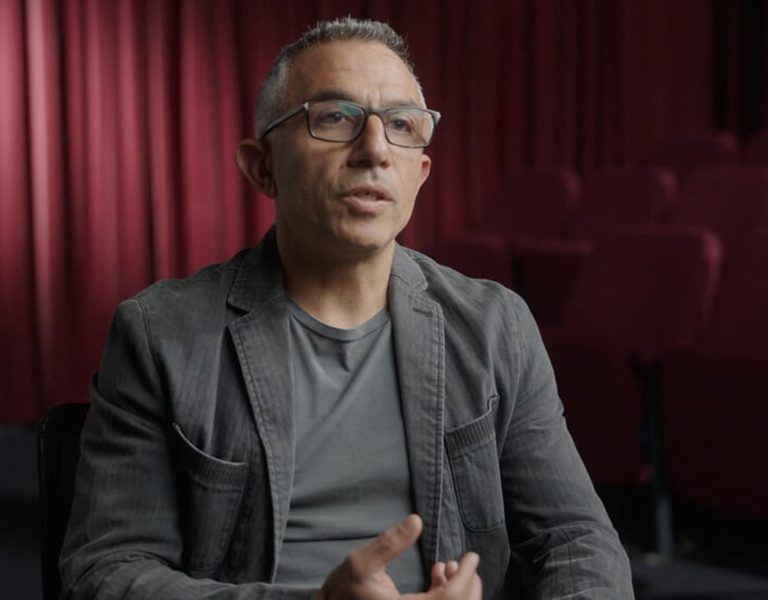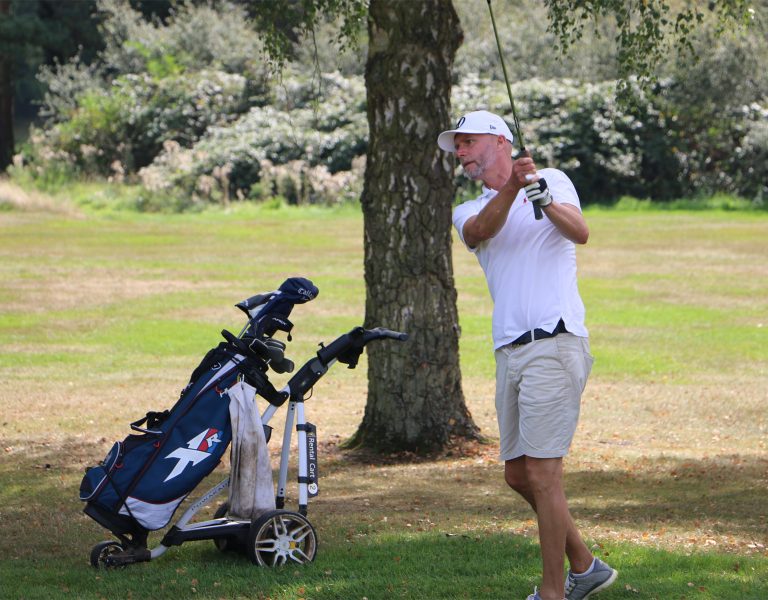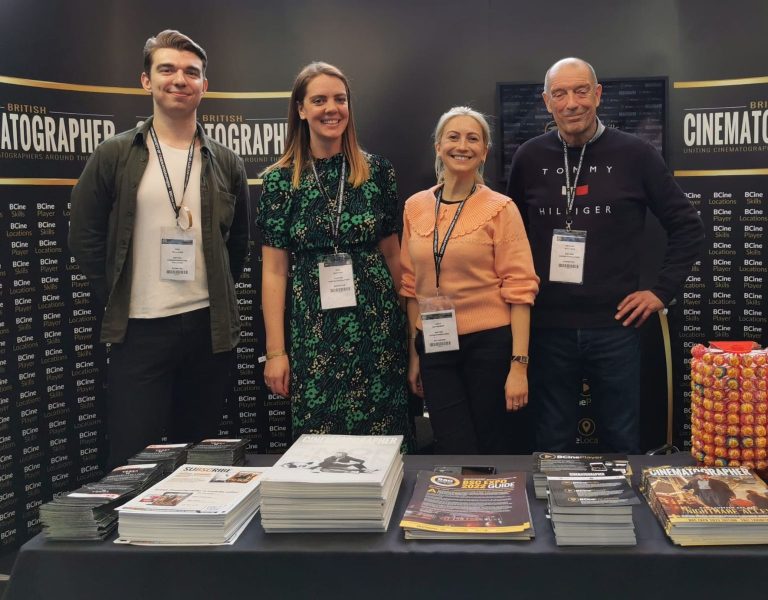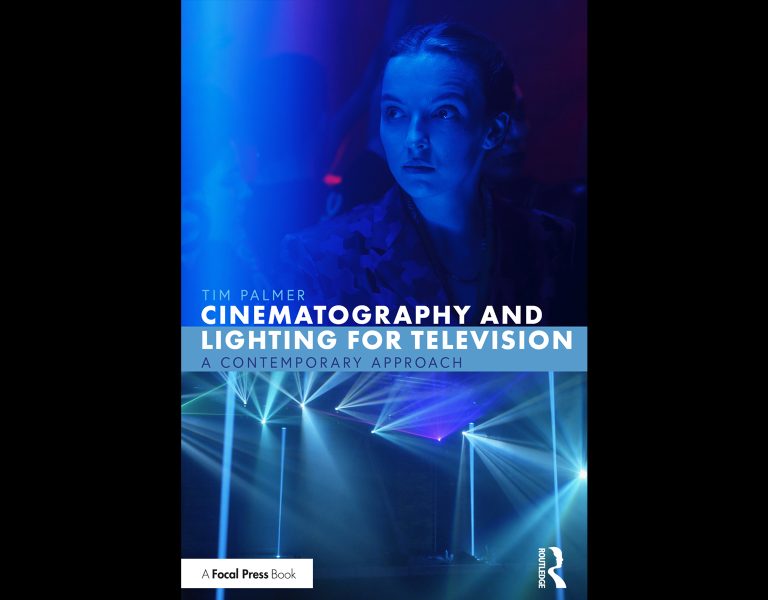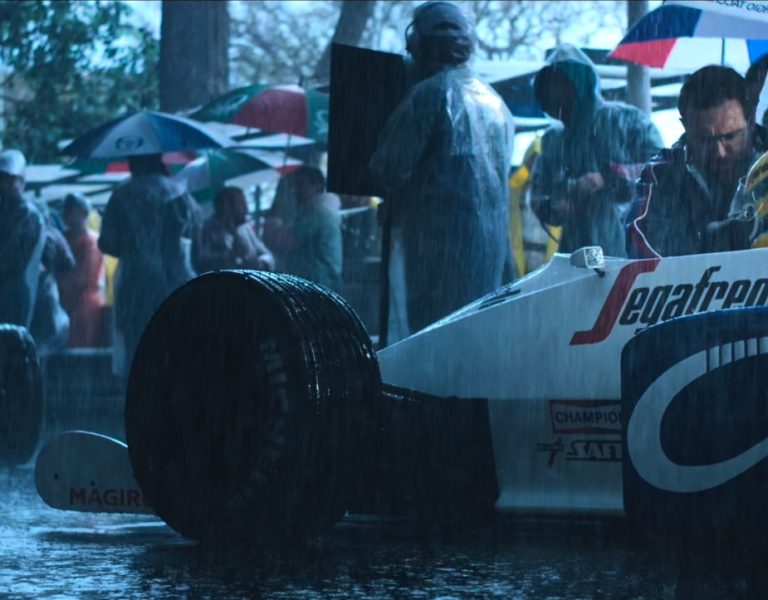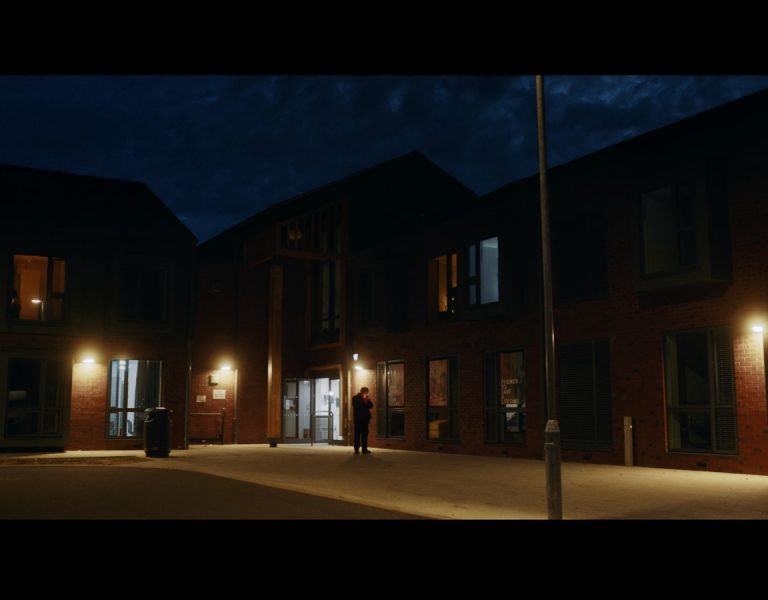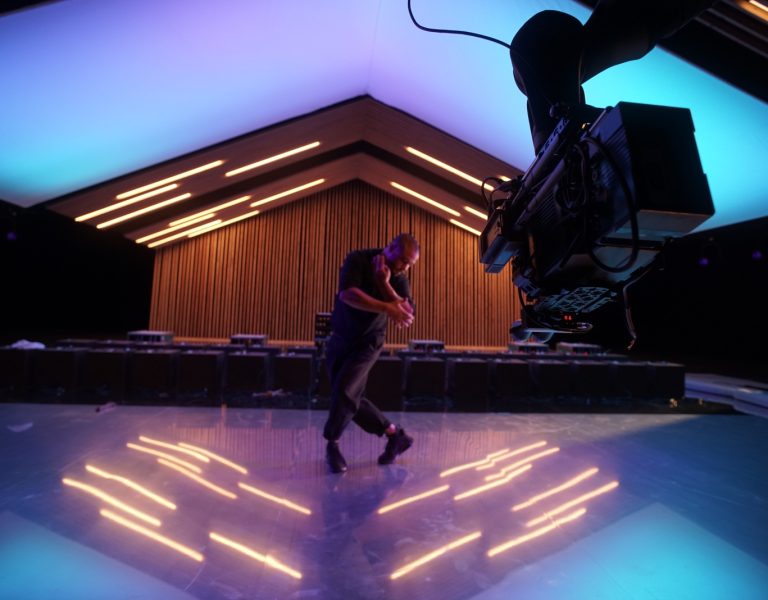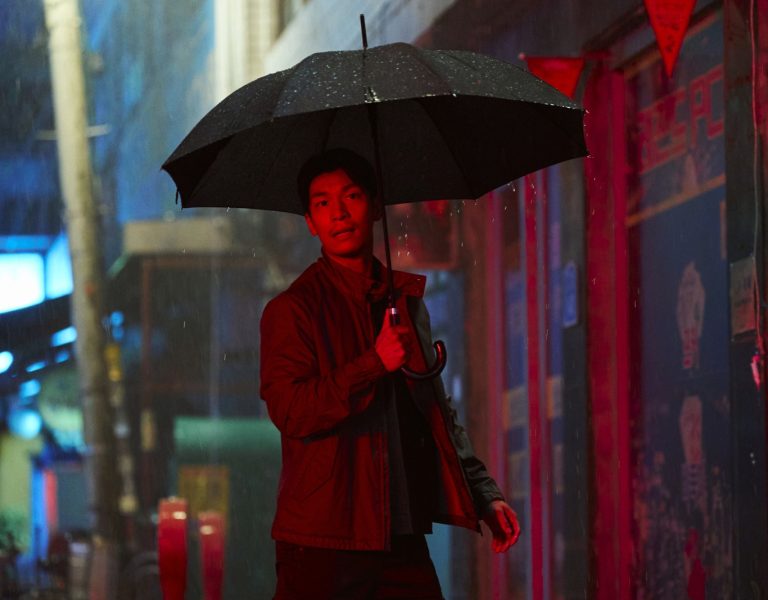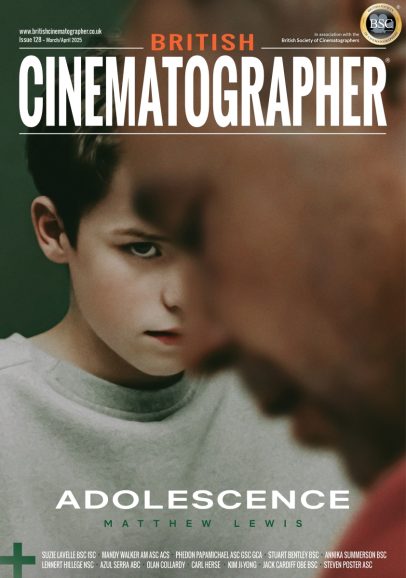FILMNG THE CHASE
The Day of the Jackal (2024) channels James Bond-esque intrigue with DPs Christopher Ross BSC, Dale Elena McCready BSC NZCS, Ashley Rowe BSC, and Laurie Rose BSC at the helm. Shot with Sony Venice 2 and ARRI Alfa anamorphic lenses, the series blends sleek visuals, dynamic lighting, and cinematic cityscapes.
The Day of the Jackal has captivated audiences for decades, evolving from Frederick Forsyth’s gripping 1971 novel into an iconic 1973 film. Now, this masterful tale of espionage and assassination receives a fresh adaptation as a British television series, starring Eddie Redmayne and directed by Brian Kirk, Anthony Philipson, Anu Menon, and Paul Wilmshurst.
Set against a modern political backdrop, the 10-part Sky Atlantic series from Carnival Films offers a fresh take on the classic tale of a relentless British assassin, the “Jackal,” and the skilled intelligence officer who is bent on bringing him down.

The series also enlisted the artistry of four heavyweight DPs: Christopher Ross BSC, Dale Elena McCready BSC NZCS, Ashley Rowe BSC, and Laurie Rose BSC.
Ross first met Kirk when the latter was making BBC drama, Luther.
“Unluckily for both of us—or fortunately for both of us—our partners were both pregnant at the same time, expecting babies on the same day,” Ross recalls. “As a result, we didn’t get to work together on Luther in case both babies arrived simultaneously. We kept in touch, though, and have worked together a couple of times since. Once Brian became involved in the project, and we talked about his vision for the scale and slickness of the life on an assassin. That was it, I was on board.”
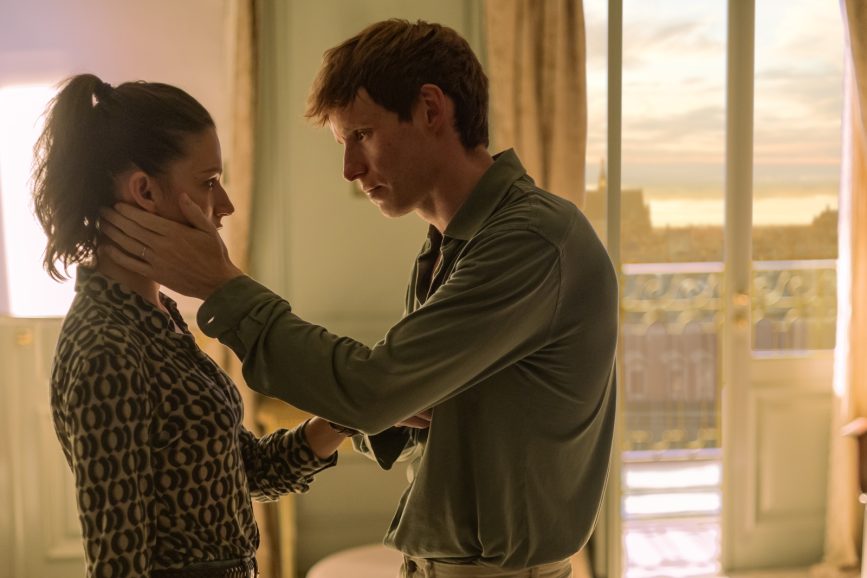
Starting afresh
Despite his extensive knowledge of and experience with every notable camera, Ross says that each time he starts a new project, he tries not to carry over any preconceived notions.
“I try to find a philosophical reason for doing things with each project,” he explains. “Before I began prep on the show, we conducted a thorough investigation. I shot tests with a variety of cameras and a wide mix of lenses. I felt the show needed a sleek, contemporary, cinematic look, so we tested a mix of spherical and anamorphic lenses. In the end, Brian and I really loved the combination of the Sony Venice 2 and ARRI Alfa lenses.”
McCready says the camera and lenses were a “terrific combination” for the series. “The speed of the Venice’s controls, such as NDs on camera, makes a huge difference on set to the workflow, and the camera’s image is a great neutral base to take the ARRI Alfa’s painterly anamorphic look along with the Tiffen Smoque filtration,” she says.
Rowe says working on the production gave him his first opportunity to use the Sony Venice 2. He notes that the combination of its large sensor and ARRI Alfa anamorphic lenses delivered “amazing cinematic images” for the series.
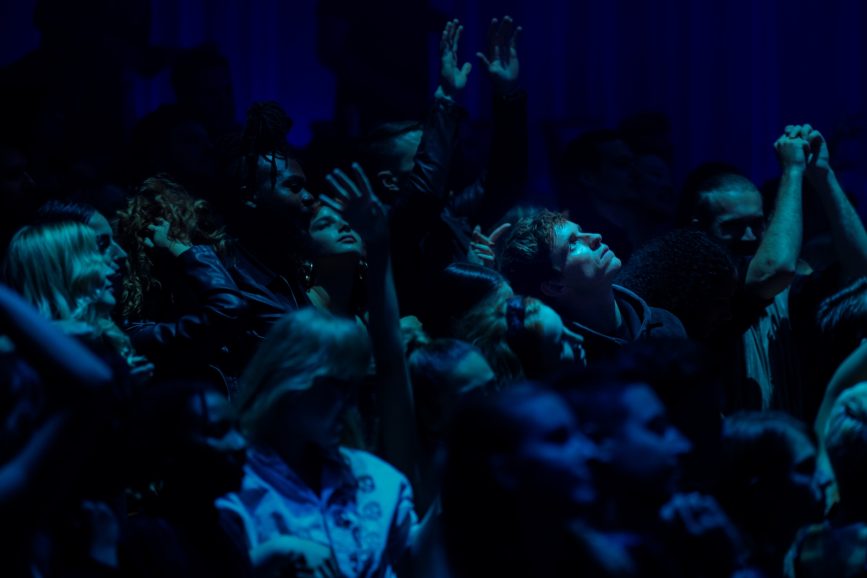
“I shot a scene in a forest at night with difficult limited access so my moonlighting was severely constrained – the higher ISO of 3,200 enabled me to obtain spectacular images in the low light,” he says. “I really liked the dynamic range and latitude, rich blacks and clean highlights. I fell in love with the ARRI Alfa lenses, these are fast 2.5T lenses that have a slightly softer feel than most modern new lenses, with out of focus areas that are distorted with a vignette of softness. The style of the show was established by Brian Kirk director and Chris as DP, they went for a considered, cinematic look with little or no handheld. My director, Anthony and I shot a few scenes handheld.”
Ross describes the show as “an aspirational thriller similar to the Bond experience,” brought to life by its multi-city narrative and dynamic settings.
“The series opens in Munich, and within the first episode alone, the Jackal character moves from Munich to Nuremberg, to Paris, and back to his home in Cadiz,” he explains. “Meanwhile, the female protagonist, Bianca, navigates her story across London and Belfast. In just one episode, the story travels through six cities, and we filmed in seven—including Budapest, Vienna, London, and locations in Croatia as well as Zagreb and Rijeka. So, the landscape is vast and multifaceted and the look of the show was about leaning into each of those places.”
Ross says the fact the Jackal “is a quite a cold and clinical assassin, pretty much devoid of compassion and emotion” helped inform the approach to lighting.
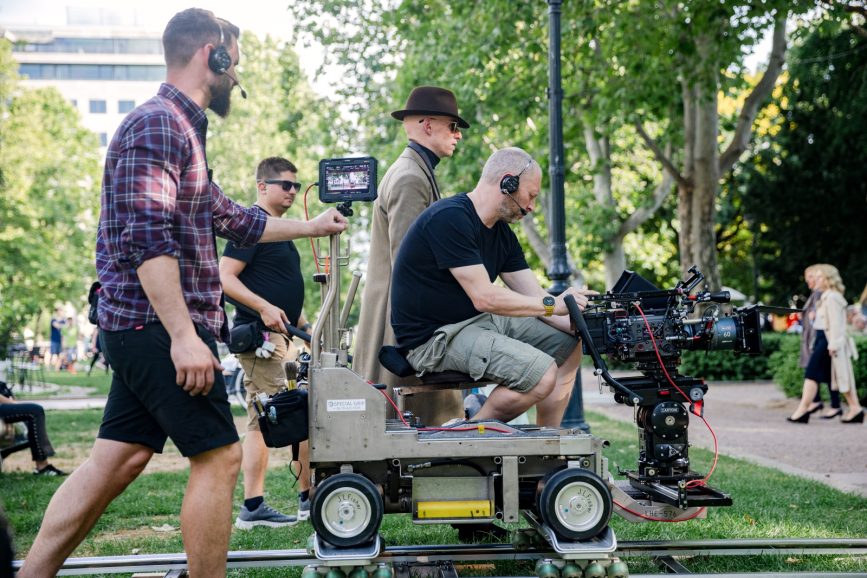
“The idea was to render the assassinations in a specific way, with cold clinical lighting, while the more domestic scenes, where he interacts with people, would be lit more atmospherically to enhance the drama of the moment.” He adds, “So when he arrives home to his family, it’s hot and sunny and it’s a good time, everyone’s happy… we embrace the sunshine and lean in to the positive mood.”
The team used large HMIs for day exteriors, along with a lot of LED work. For the interiors, the sunshine effect of Cádiz was created using Chroma Q Studio Forces with the bi-colour chips. “We also incorporated various brands and a mixture of LED units—basically, we used a ton of equipment to get the right look,” Ross adds. “The studio setup included lots of Creamsource Vortex lights and ARRI SkyPanels. A few years ago, I fell in love with the shadow detail created by a tungsten Dino, a multi-lens source. The Studio Forces produce shadows that are both hard contrast and soft-edged —contrasty yet subtle, which really helped shape the look we were after.”
Since the series was filmed across several cities, a variety of locations appear in the show.
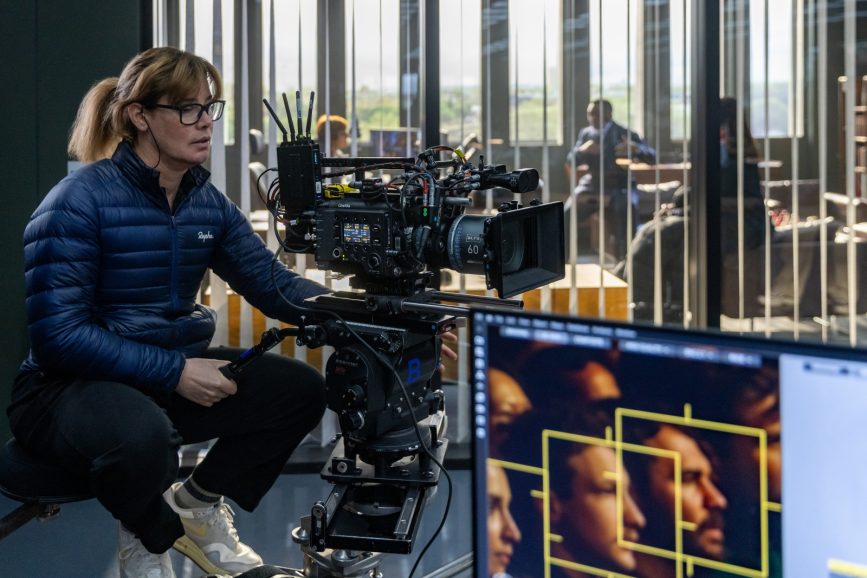
Rowe’s favourite location was the gun maker’s workshop and shooting gallery. “We chose an old, disused sugar beet factory in the rural town of Lőrinci (Hungary), with high windows surrounding the building,” he says. “I lit from scissor lifts that surrounded the whole building. We had dawn, dusk, night and day scenes to film and I arranged for black drapes rigged on a pulley system to control the ambient light. Our designer Richard Bullock built the gunmakers working area inside rooms made of metal cages built within the factory big space. I could light mainly through the windows of the factory with sodium-coloured tubes within the cages. The mixed lighting gave a lovely mood for the different times of day.”
McCready says that “although it might not seem as pretty as other sequences”, she’s most proud of the theatre sequence in episode seven when the Jackal tries to take out tech mogul Ulle Dag Charles.
“We combined two sets with the real theatre in Budapest and had live LED screens and a TV crew filming alongside our own film crew, so many layers of imagery recording and playing out live at the same time with up to eight cameras running,” McCready continues. “There were many days of prep and long hours involved in programming the lighting cues and coordinating all the cameras involved but I found that very satisfying to pull off. Within this technical shooting we managed to discover handheld shots and the reflections of the LED screens with the bulletproof glass that lifted the sequence from basic multi-cam coverage into more art.”
Additionally, McCready is “really happy with all the interior car shots” achieved using an LED stage. “I feel I managed to create a very convincing feel with the driving, with a combination of fogging the image in camera and adding vibration by playing the drums with my fingers on the pan handle all day,” she says.
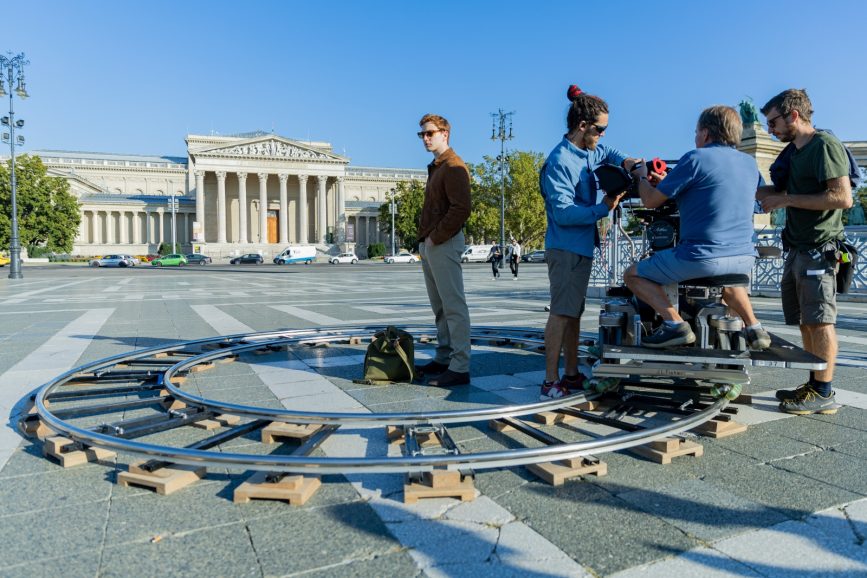
The original source
Rowe says the team’s biggest challenge was based on an idea from his director Anthony Philipson who “thought it would be exciting to pay homage” to the original The Day of the Jackal film.
“We created a scene where our Jackal tests his new sniper rifle, emulating the famous scene from the film, in which Edward Fox’s Jackal tests his gun by shooting at a watermelon,” he explains. “The two versions can be played together, and they play in sync.”
The team matched the original scene shot for shot and Rowe used a zoom lens, as Redmayne dressed in a costume similar to Fox’s original character. “During my prep for the show I was able to watch rushes shot by Chris (Ross) so became familiar with his style of framing and lighting, Anthony and I met with Brian (Kirk) and Chris before we started our block to discuss the look of the series,” he adds. “I visited the sets and major locations with Szabolcs Sipos the brilliant Hungarian gaffer, he showed me the amazing lighting rigs lit by Chris. I also met with Laurie and Dale before they started, so we all had a handle on the shooting style. It was a privilege to work on the Jackal and to work with Carnival Films again, also to be able to work with the brilliant Hungarian crew.”
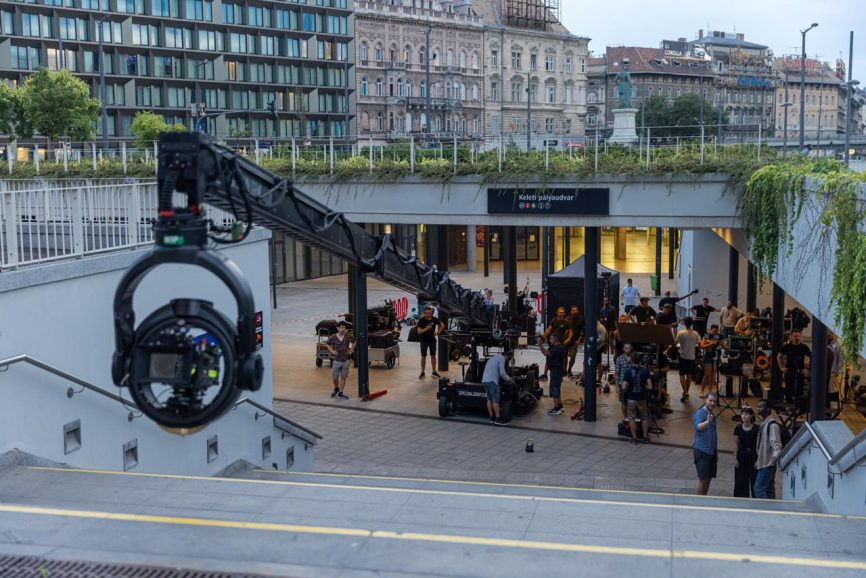
For McCready, coming into an existing show, “so well-photographed” by Ross and trying to maintain the high standard set by him, “along with trying to lift the crew who by that time had been shooting for many, many months” was amongst the biggest challenges. “We felt on our episodes, along with delivering the story and image in the show style, we also needed to help pick people up and bring the whole team forward into Laurie’s final block of episodes,” she says. “Sometimes it’s not just about pretty pictures, but about recreating the sense of joy and vigour in the people working that can help the production as a whole succeed.”
McCready is also complimentary about the fellow DPs on the shoot. “Well, I was in very esteemed company there, so I did my best to just reach their level I hope,” she says. “In the end that’s for the audience to decide, but I hope I was able to play to my strengths technically, with sequences like the LED driving scenes and theatre, while reaching for the cinematic visual style set by Chris, Ashley and finished off by Laurie. The Day of the Jackal was a wonderful experience for me to film in both Croatia and Hungary, with a great crew, wonderful cast and terrific close team of director Paul Wilmshurst and 1st AD Shelley Lankovitz. I really hope to repeat the experience and improve upon the formula of the show in the future.”
